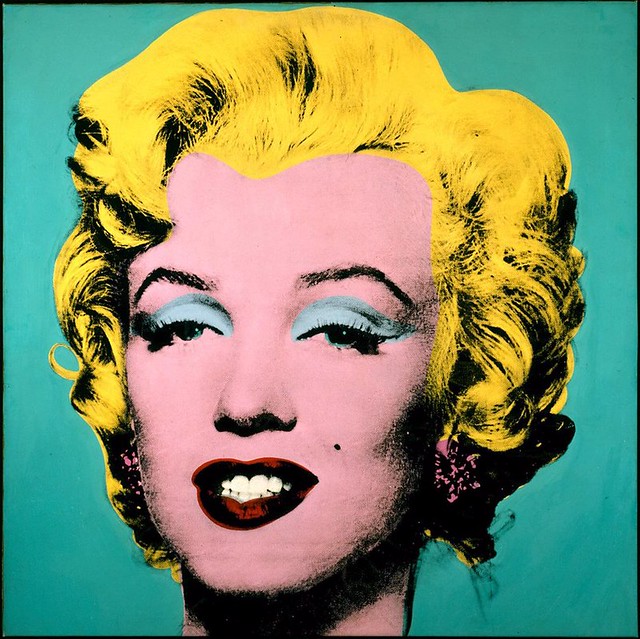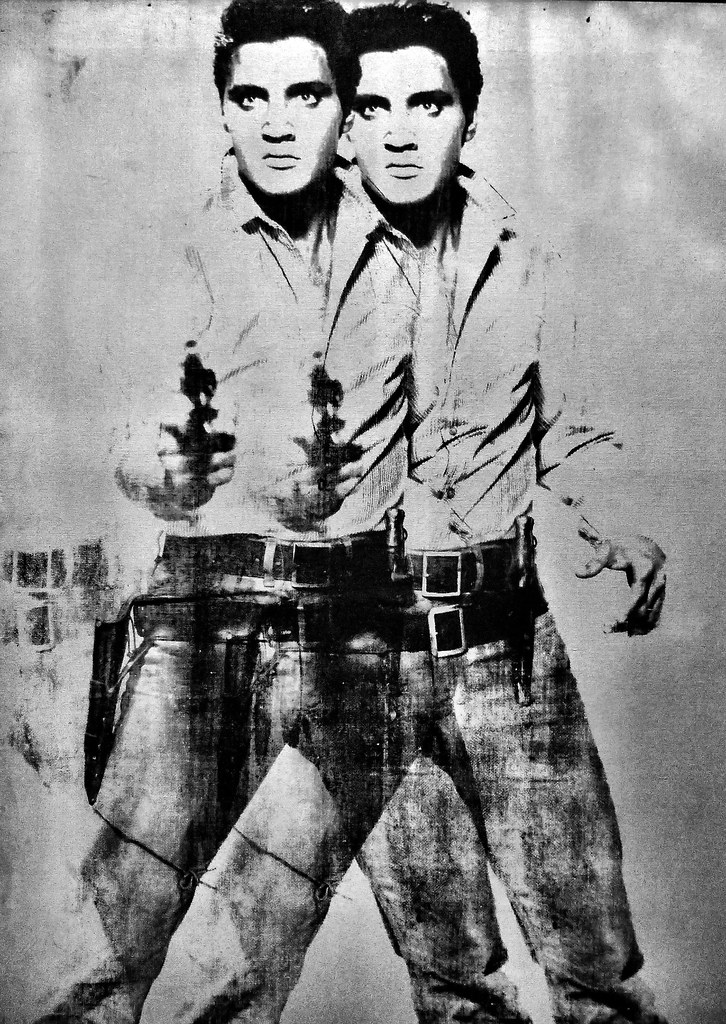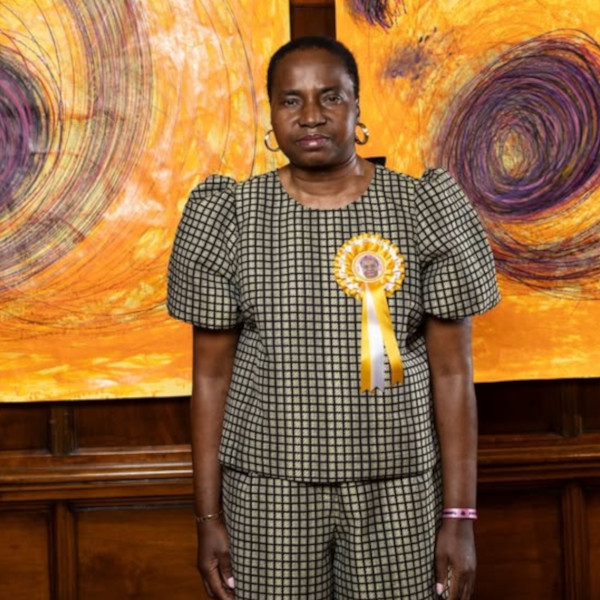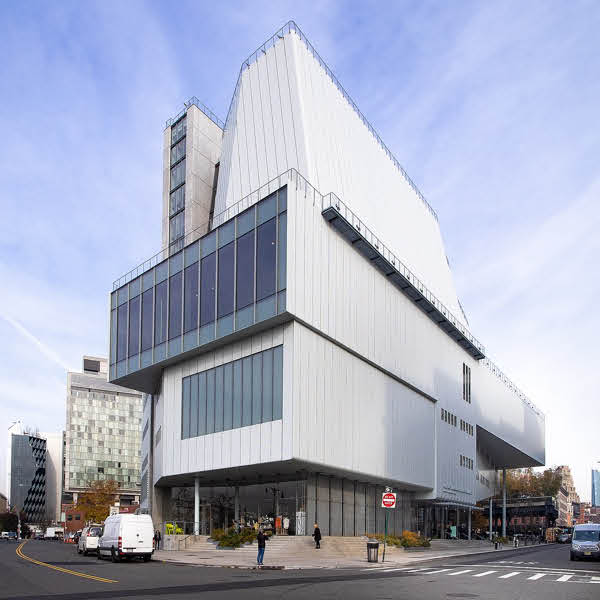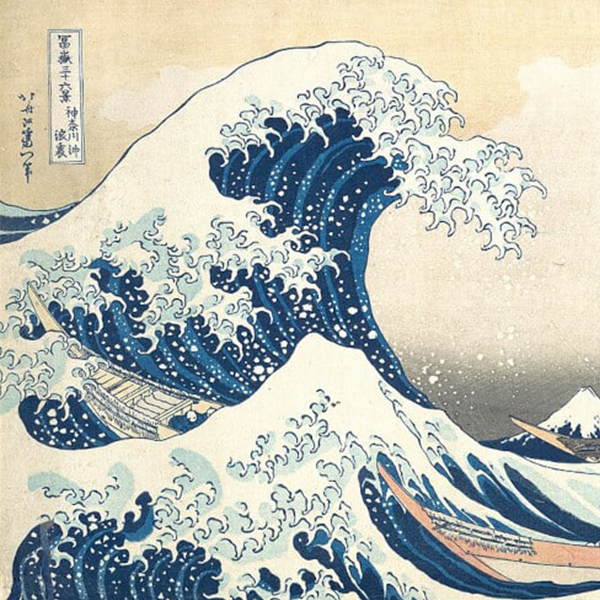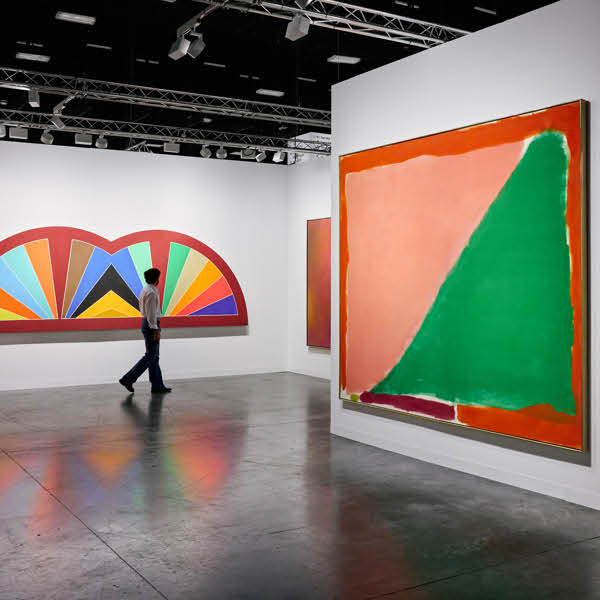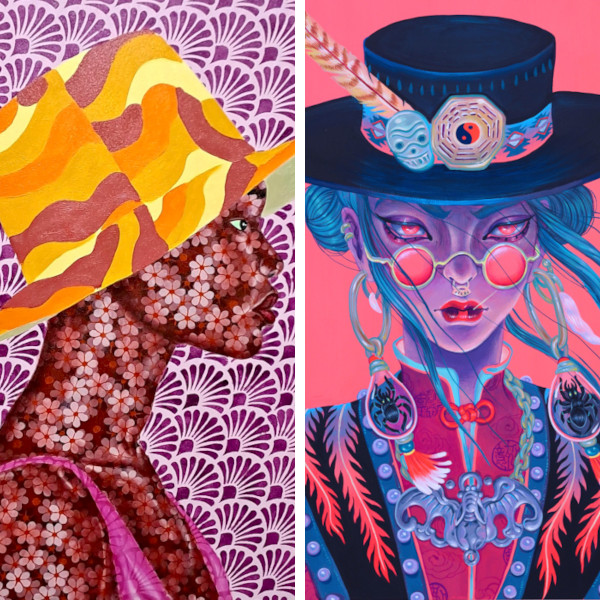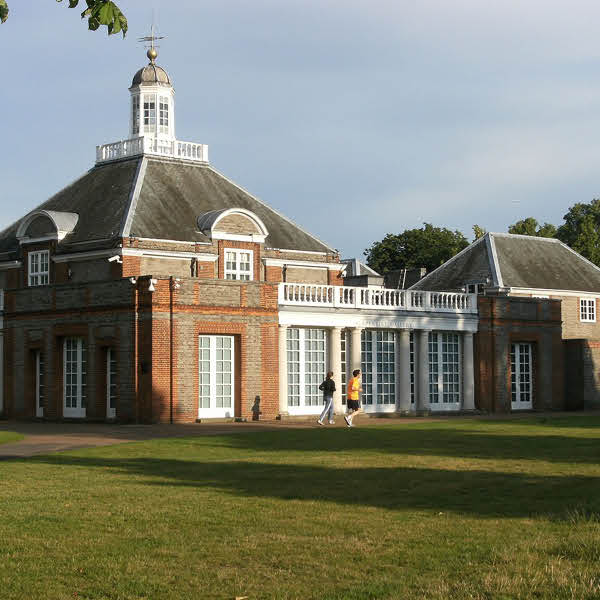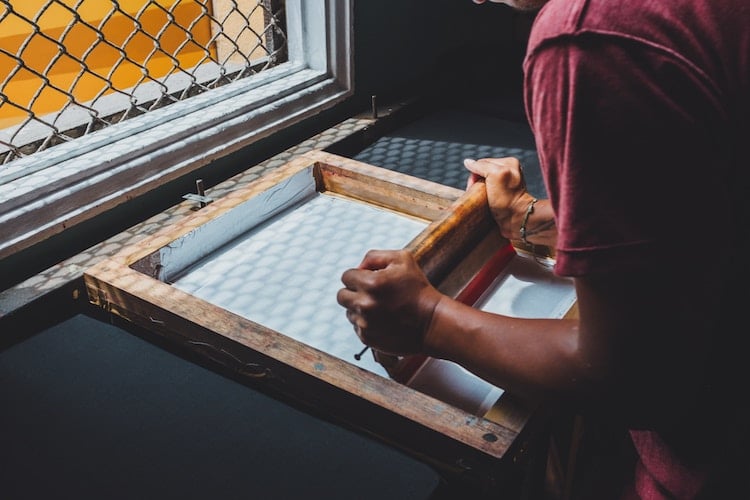
Photo: emarts emarts
Today, we have many perks to life thanks to modern technology. What was once a far more arduous process is simplified with ease using the right mechanisms. One of these labor-intensive tasks of the past is the act of creating copies or prints of art. While it used to be an incredibly time-consuming process, the hardest part of creating copies of a print today is simply pushing a button or waiting for the printer to warm up. In the past, people didn’t have this distinct advantage, so they found manual ways to make prints—silk screen printing—which actually turned out to be a truly viable form of fine arts.
What is silk screen printing?
The earliest recognizable form of screen printing appeared more than 1,000 years ago in China during the Song Dynasty. Originally based on a hand-stenciling method, the process soon evolved into using fine mesh stretched over a frame. The mesh was sometimes made from silk, which led to the technique’s alternative name, “silk screen printing.” Since its invention, the technique has hardly changed: once the screen is exposed with the desired image, artists transfer their artworks by pushing ink through the mesh using a squeegee onto various surfaces—including paper, fabric, and even wood. Similar to Japanese woodblock prints, one color is printed at a time, so several screens must be used to produce a multicolored image.
During the 1960s, American artists, such as Roy Lichtenstein and Andy Warhol, popularized the technique by using it to mass-produce graphic style prints in bright colors. Their art marked the beginning of the Pop Art movement, and essentially the end of Abstract Expressionism. Since the days of Pop Art, contemporary artists continue to use screen printing as a medium to produce inspiring works of art.
Check out 11 inspiring screen printing artists you should know.
Andy Warhol
Perhaps the most well-known screen printing artist in history, Pop artist Andy Warhol first used the technique during the 1960s. Warhol is known for producing photo image stencils of celebrity portraits and transferring them from the “silver screen” to the silk screen by printing them repeatedly in a variety of bright colors.
One of the first and most famous series he produced was his Marilyn Monroe prints, which Warhol based on a photograph from the film star’s 1953 film, Niagra. This marked the beginning of the artist’s desire to create multiple repeats of the same image—whether the subject was a celebrity or a mundane object, Warhol presented everything he printed as a cultural icon. As Warhol once said: “Isn’t life a series of images that change as they repeat themselves?”
Roy Lichtenstein
A prolific printmaker throughout his career, visual artist Roy Lichtenstein’s screen prints played a substantial role in establishing printmaking as a significant art form in the 1960s. Inspired by comic strips, Lichtenstein produced screen-printed compositions in the same style, with thick outlines, bold colors, and Ben-Day dots.
His subjects ranged from heartbroken women and “damsels in distress,” to architecture and abstract shapes. Lichtenstein’s Brushstroke series reflects his interest in Abstract Expressionism. Where other artists had used brushstrokes to directly communicate their feelings and ideas, Lichtenstein’s Brushstroke paintings made a mockery of this aspiration—suggesting that though Abstract Expressionists expressed a dislike for commercialization, they were not immune to it. In Lichtenstein’s opinion, many of the Abstract Expressionist paintings were also created in series, using the same motifs again and again. The pop artist explains, “The real brushstrokes are just as pre-determined as the cartoon brushstrokes.”
Peter Blake
One of the leading British Pop artists of the 1960s, Peter Blake is perhaps most famous for his cover design of The Beatles’ Sergeant Pepper album in 1967. The artist often experimented with screen printing, having printed multiples of his primary-colored Beatles portraits—titled Beatles – ‘Love Me Do’—in glittering diamond dust.
Today, Blake mainly produces collage-based screen prints, juxtaposing imagery from contrasting eras into one image.
Laurie Hastings
View this post on Instagram
One contemporary screen printing artist is Nottingham-based Laurie Hasting, who creates limited edition silkscreen prints of her intricate line drawings. Her images often depict people and nature-inspired landscapes. Hasting also pays tributes to nostalgic objects such as juice boxes—much like her own version of Warhol’s soup cans.
Hastings sells original prints on her online shop and exhibits in galleries throughout the UK and internationally.
View this post on Instagram
Clare Halifax
Having studied both printed textile design and printmaking, Clare Halifax’s screen prints combine her interest in textiles with her highly-detailed drawings of architectural landscapes around Britain. Her limited edition screen prints are often printed in just one or two colors, and they illustrate the contrast between gray “concrete jungle[s],” and green, inner-city parks and botanical gardens.
View this post on Instagram
Charlie Barton
Raised by two architects, Charlie Barton has always been drawn to urban landscapes and architectural subject matters. His handmade silk screen printed posters capture the character and architecture of his hometown, Baltimore. You can buy his prints on Etsy.
Alice Pattullo
London-based illustrator Alice Pattullo produces quaint but vibrant screen prints that explore “British traditions, folklore and superstitions.” One blue and pink print illustrates the art of jam making with some sound advice: “Always make your preserves in the moon’s prime to make the most of your yield.”
Chuck Sperry
Chuck Sperry creates an ongoing screen-printed wood panel series of “contemporary-classical muses.” His use of lush oil-based inks in colorful patterned overlays results in magnificent flower-power portraits of women inspired by “the spirit of the modern rock poster, graffiti, and the utopian ethos of 1960s psychedelia.”
Corita Kent
View this post on Instagram
Corita Kent was a sister in the religious order Immaculate Heart of Mary. She specialized in a form of screen printing called serigraphs, with much of her early work focusing on religious subject matter. Throughout the 60s—the decade when she left the order and moved to Boston—her artwork evolved to include more political subject matter.
By the time of her death in 1986, her work had become much more sparse and introspective—though she remained engaged in social causes for the rest of her life.
View this post on Instagram
View this post on Instagram
Jermaine Rogers
View this post on Instagram
Jermaine Rogers began to receive widespread recognition for his “gigposter” art in the 90s, and he has since created artworks and posters for music artists like David Bowie, Neil Young, Radiohead, Foo Fighters, and many other well-known acts. His screenprints combine vibrant colors, patterns, and images to reference various icons and themes in art, music, and pop culture.
View this post on Instagram
Shepard Fairey
View this post on Instagram
Artist and activist Shepard Fairey is best known for his enduring OBEY Giant motif, which he designed in 1989 while attending the Rhode Island School of Design. After graduating, he founded a small printing business in Providence, Rhode Island, that specialized in t-shirt and sticker silkscreens. Having the company allowed him to pursue his personal work, which included a now-prolific archive of screen-printed posters.
Although Fairey is known for OBEY, throughout his long career, he has utilized his powerful, stylized imagery to advocate for many humanitarian efforts, as well as Obama’s 2008 presidential campaign.
View this post on Instagram
Feeling inspired? Learn how you can screen print at home:
Screen Printing Equipment
The screen printing process requires a number of basic supplies and tools. Screens, glues, various types of inks, and squeegees are the simple materials required to create beautiful screen-printed images. Although it might sound technically overwhelming, you can easily find the various equipment online, as well as emulsion kits to help you transfer your images onto screens. There are even entire DIY kits with everything you’ll need to get started.
This article has been edited and updated.
Related Articles:
7 Colorful Masterpieces That Define the Pop Art Movement
What Is Printmaking? A Look at the History of Creating Art in Multiples
Learn How the Invention of Printing Press Changed the World for the Better
6 Ideas for DIY Tote Bags You Can Easily Sew, Decorate, and Use Every Day
